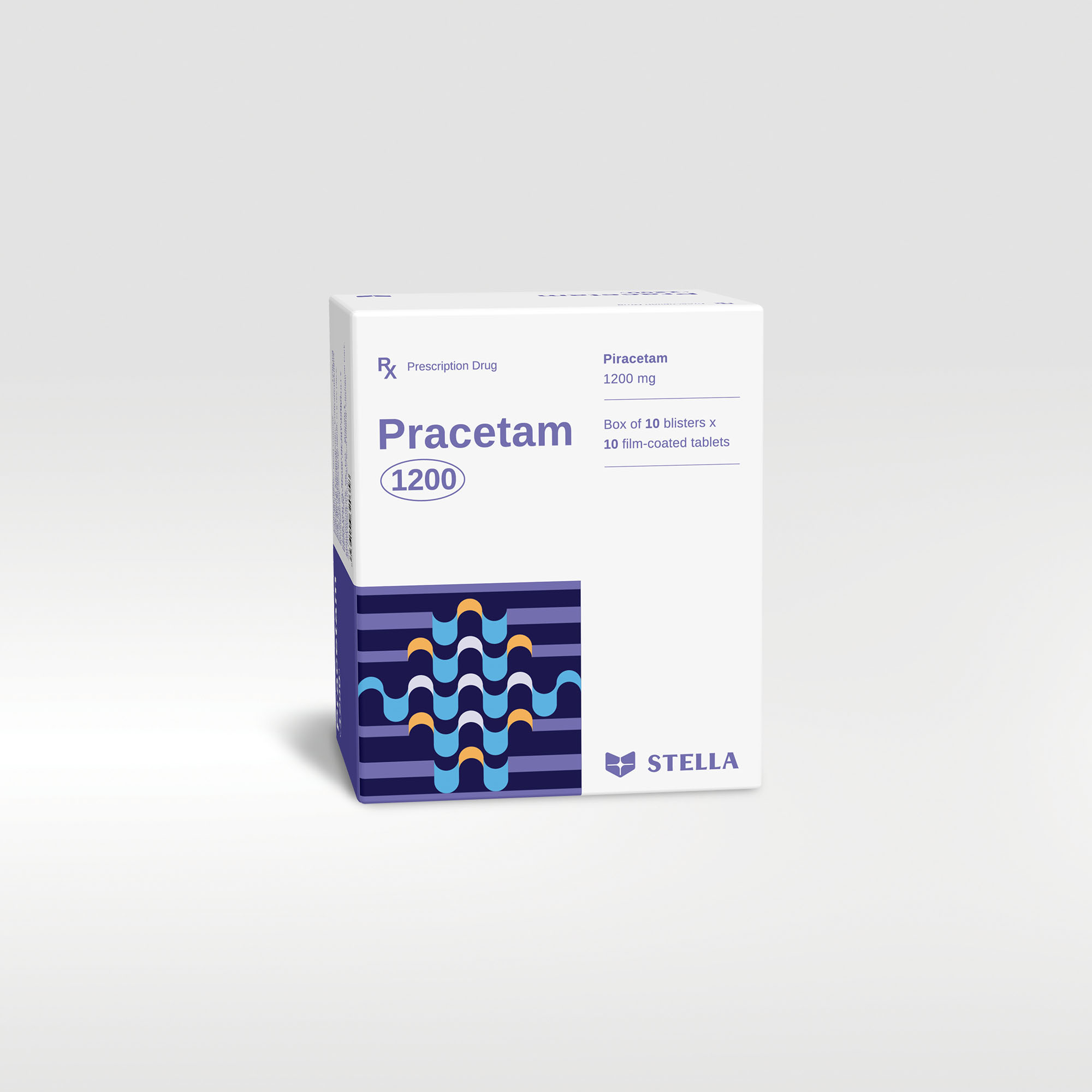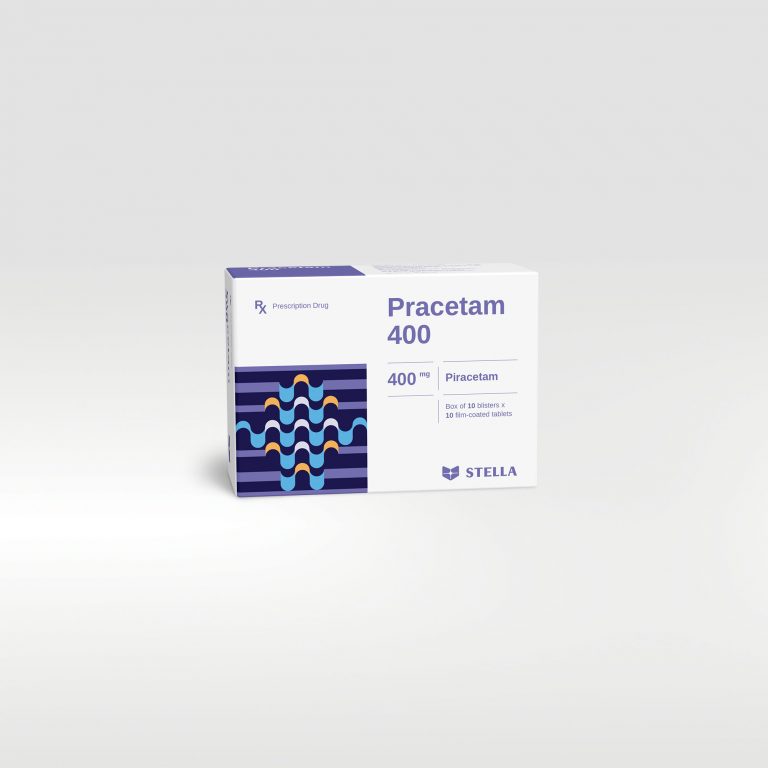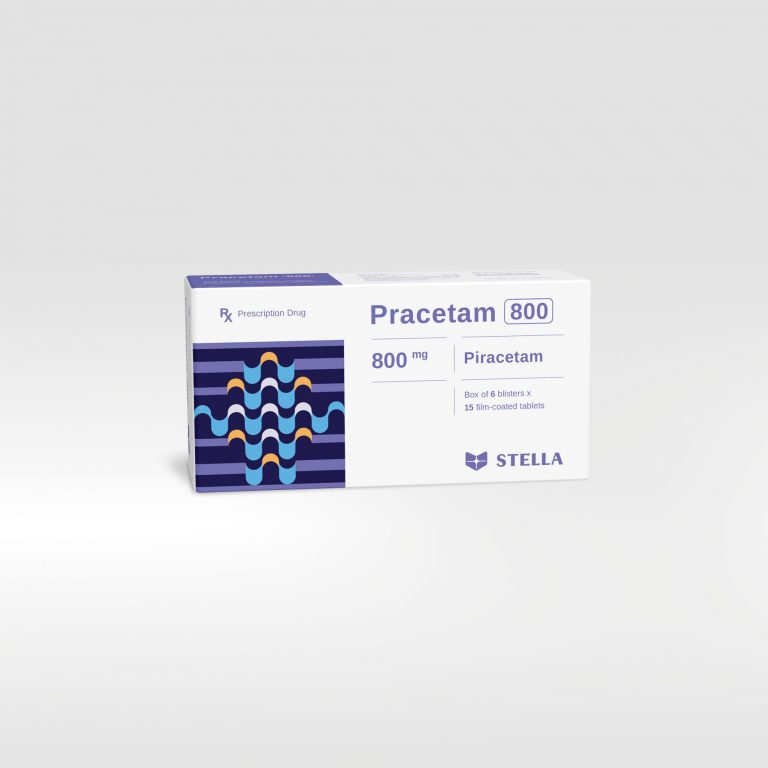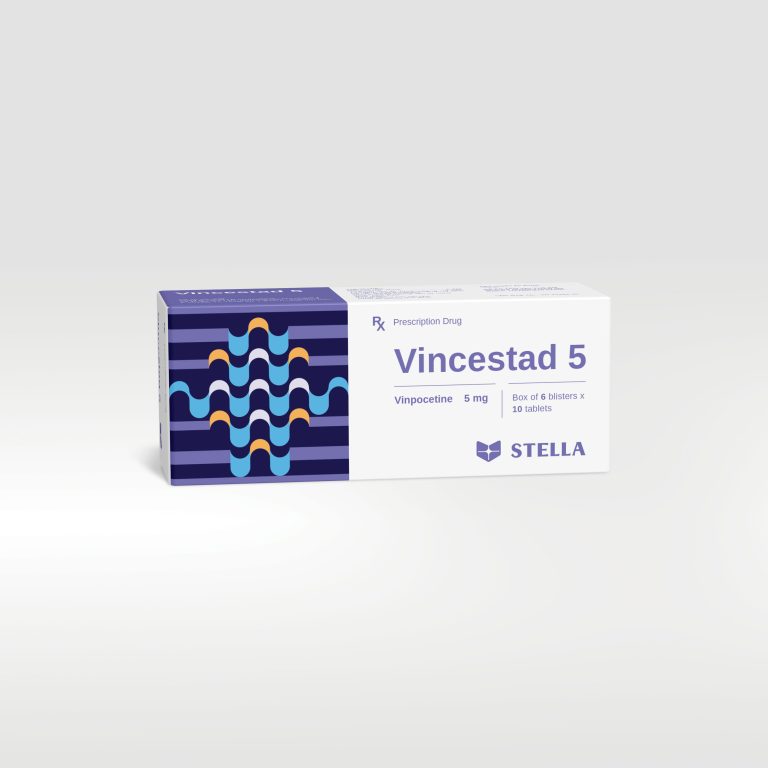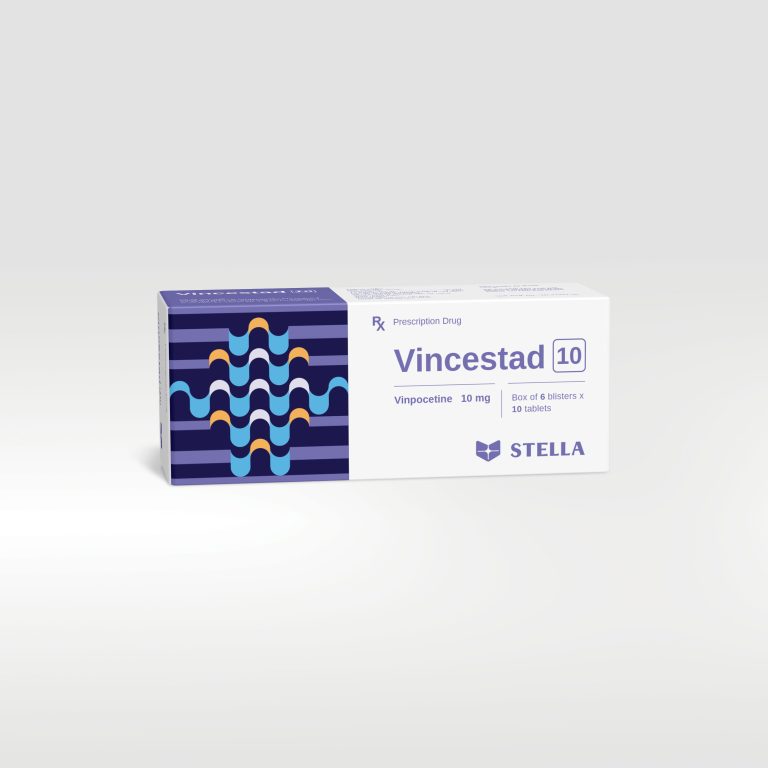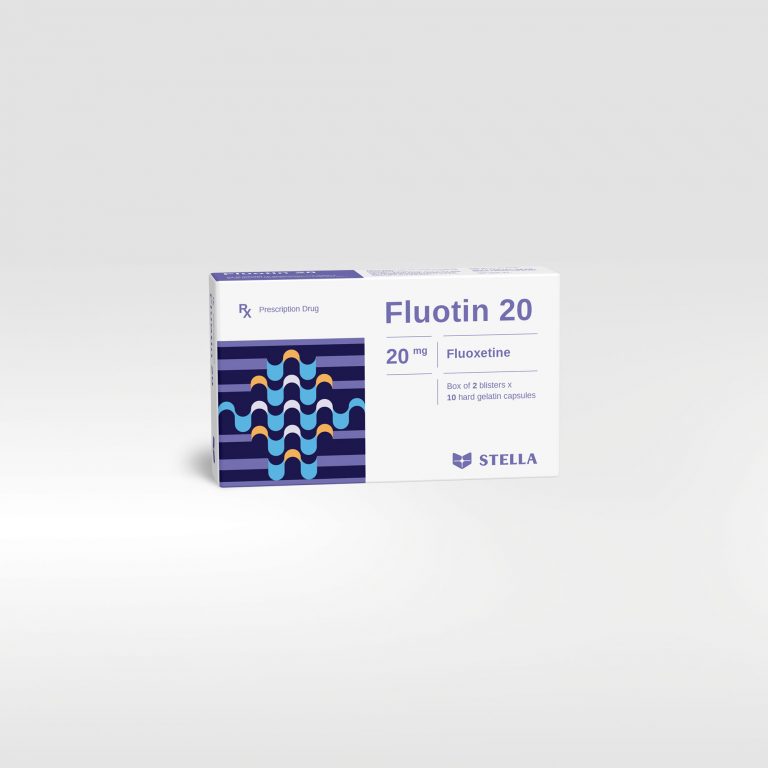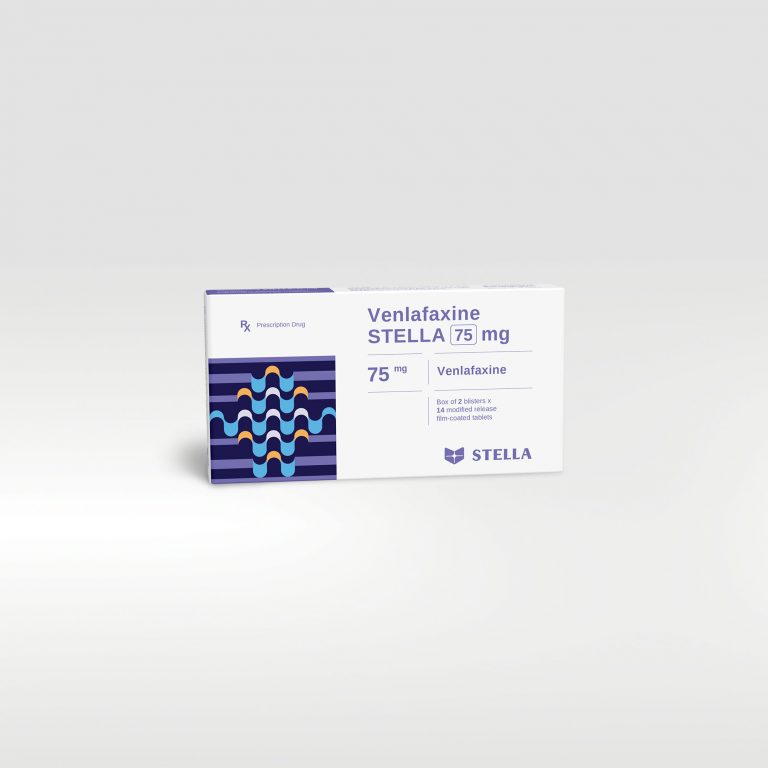Indications
For the symptomatic treatment of:
- Memory disorders, concentration disorders, thinking disorders, premature fatigue, lack of drive and motivation, affective disorders. The primary target group includes patients with dementia syndrome in primarily degenerative dementia, multi-infarct dementia and mixed forms of both.
The individual response to the medication cannot be predicted.
Notice: Before starting treatment with piracetam, it should be clarified whether the symptoms of the disease are not based on a specific underlying disease to be treated.
- For the supportive treatment of myoclonus syndromes of cortical origin.
Dosage
The dosage depends on the type and severity of the clinical picture and the response of the patient to the therapy.
The following dosage guidelines apply to the treatment of”
- Dementia syndromes in adults:
1 film-coated tablet Pracetam 1200, twice a day. The dose can be increased to 2 film-coated tablets Pracetam 1200, twice a day.
- Supportive treatment of myoclonus syndromes of cortical origin in adults:
At the beginning of therapy 2 film-coated tablets 3 times a day Pracetam 1200 (equivalent to 7.2 g piracetam). Then, depending on the patient’s response, the daily dose is increased by a further 4 film-coated tablets every 3 days. The maximum daily dose is 20 film-coated tablets, divided into 2 – 3 divided doses.
During the adjustment phase, other anti-myoclonic medicinal products should be maintained at the same dosage.
When the myoclonus stops, the medication should be reduced gradually.
Once started, it should be continued for as long as the original cerebral disease persists. In patients with an acute myoclonic event, spontaneous remission can occur over time. Therefore, an attempt should be made every 6 months to reduce the dose or to terminate treatment. To do this, the dose of piracetam should be reduced by 1.2 g every 2 days (every 3 or 4 days in the case of a Lance-Adams syndrome) to prevent the possibility of sudden relapse or withdrawal seizures.
- Dosage adjustment in the elderly patients
Regular monitoring of creatinine clearance is required during long-term treatment in elderly patients in order to adjust the dose if necessary.
- Renal impairment:
Dosage should be reduced:
CC between 50 and 79 ml/minute: 2/3 of the usual dose, given in 2 or 3 divided doses.
CC between 30 and 49 ml/minute: 1/3 of the usual dose, given in 2 divided doses.
CC between 20 and 29 ml/minute: 1/6 of the usual dose, given as a single dose.
CC less than 20 ml/minute: Contraindicated.
- Dosage adjustment in patients with impaired liver function
Piracetam is not metabolized in the liver. No special dosage instructions apply to patients who only have impaired liver function. A dose adjustment is recommended in patients with impaired liver function and impaired renal function.Duration of application
The doctor has to decide individually on the duration of the treatment.
In the supportive treatment of dementia syndromes, it should be checked after 3 months whether a further treatment is still indicated.
The duration of the supportive treatment of myoclonus syndromes of cortical origin depends on the clinical course. If myoclonus no longer occurs, the therapy with Pracetam 1200 can be gradually terminated.
Usage
- Pracetam 1200 should be administered orally, and may be taken with or without food.
- The tablet(s) should be swallowed with liquid.
- It is recommended to take the daily dose in 2 to 4 sub-doses.
